Getting Started
Lovage leaves have a sweet, celery flavour, and can be eaten raw or cooked. This low-maintenance herb forms a large clump over time, and in summer sends up tall stems topped with pollinator-friendly flowers. Give it plenty of space in a sunny or partially shaded spot, in a herb garden, veg plot or flower border.
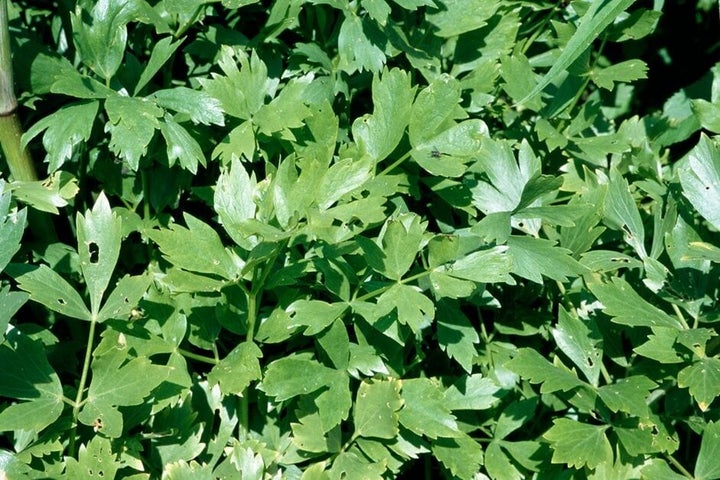
Lovage (Levisticum officinale) is a hardy herbaceous , closely related to celery and parsley. It produces a flush of edible leaves in spring, then sends up impressive flower stalks that can reach 2m (6ft) tall by mid- to late summer. Lovage plants die down in late autumn, then resprout the following spring. You can grow it from seed or buy young plants, and it’s happy in most soil conditions, needing little maintenance and suffering few problems.
As well as being an impressive plant, lovage offers several different harvests. The young leaves are the most widely used part – they can be picked in spring and summer and have a mild flavour with a hint of aniseed. Chopped leaves can be added to salads, as well as many cooked dishes, including soups and stews. The young stalks can also be blanched like celery, cooked or candied like angelica, and the seeds can be used in baking. Even the roots are edible.
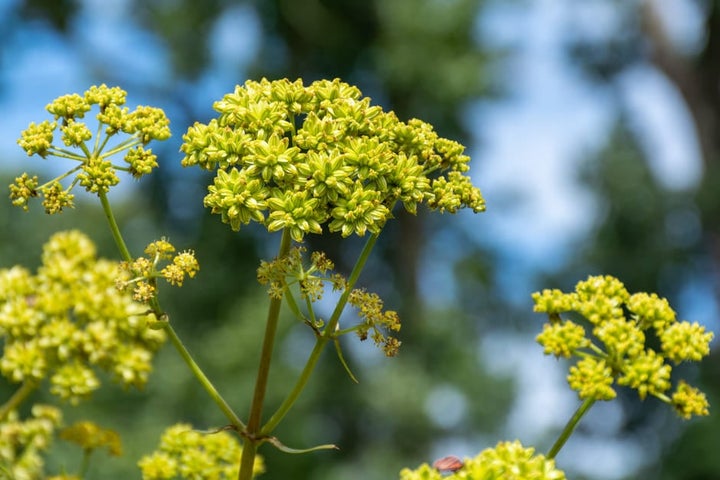
Jobs to do now
Harvest roots
Month by Month
Sow
Plant
Harvest
Choosing What To Grow
There is only one type of lovage available, Levisticum officinale, which is widely sold as seeds and young plants. Growing lovage from seed is relatively simple, but as one plant is usually all you need, buying a young plant is an easier and quicker option, and often worth the small extra cost. Plants grown from seed take longer to get established – you can start harvesting a few leaves in their second year, while newly-bought young plants can usually be lightly cropped in their first summer.
You can see many herbs, including lovage, growing in the herb beds at all the RHS gardens, so do visit to see how they are grown and pick up useful tips.
What and where to buy
Lovage seeds are widely available in garden centres and from online seed suppliers, and these retailers will usually also sell young plants from spring to early autumn. Alternatively, if you know someone who already grows lovage, they may be happy to give you in late summer or self-sown in spring.
Sowing
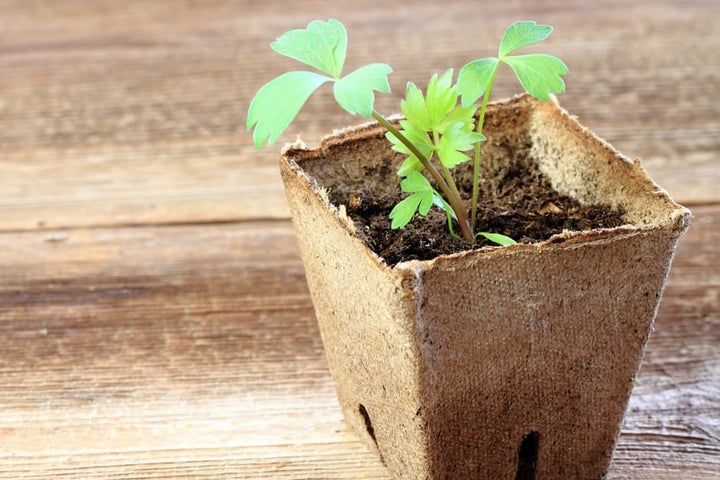
Sowing indoors
Sow lovage seeds in spring into a tray or small pot of peat-free . Take care just to sow a few seeds, as one plant usually provides enough leafy harvests for most households. Once the are growing strongly, move them into individual pots. Young plants should be ready to transplant outside in late spring and early summer – see Planting, below.
Sowing outdoors
Sow seeds directly outdoors in a lightly shaded spot in spring. Protect from slugs and snails, and ensure there will be sufficient space around them as they grow – allow 30–45cm (12–18in) initially, but be aware that an established plant can reach 1m (3¼ft) wide after a few years.
Planting
Late spring/early summer is the best time to plant lovage – either newly-bought plants or young plants grown from seed indoors, once they’re well rooted and growing strongly. Harden off indoor-raised plants first, to acclimatise them to outdoor conditions.
Choose a planting site in light shade if available, although lovage will also be fine in full sun. Most soils are suitable, but lovage grows best in rich, moist soil that doesn’t dry out or get . No soil preparation is necessary, just dig a bucketful of garden compost or well-rotted manure into the soil you remove from your planting hole and use this to backfill after planting.
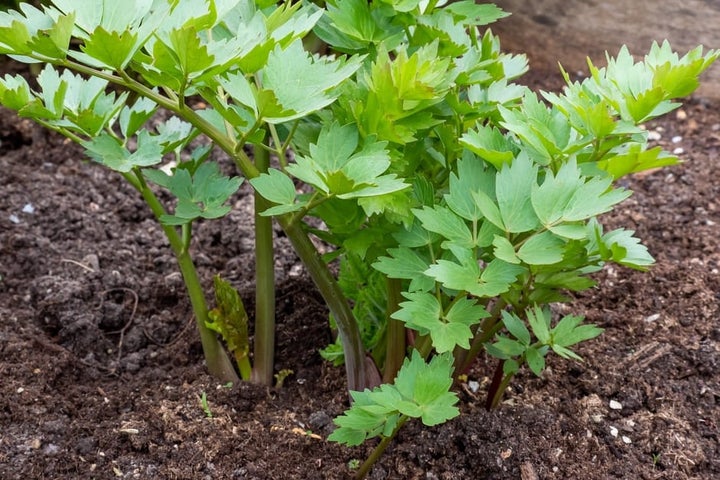
Allow 30–45cm (12–18in) between plants to start with, but bear in mind that lovage can reach up to 1m (3¼ft) wide after a few years. If you don’t have space in your veg plot or herb patch, lovage is handsome enough to earn a place in flower borders.
Planting in containers
Lovage grows best in the ground but can also be planted in a large container. Choose a heavy pot that won’t blow over, as the tall flower stems can make lightweight pots unstable. The container should be at least 30cm (1ft) wide and deep, with plenty of drainage holes in the base. Fill it with peat-free and position one plant in the centre, at the same level it was previously growing, firm it in, then water well.
Lovage should be planted on its own rather than in a mixed herb container, as its strong growth would soon overwhelm other less vigorous companions.
Plant Care
Once established, lovage needs little maintenance, although it may need watering in prolonged dry spells. It’s usually robust and vigorous, so feeding and weeding isn’t required. If leaf production stops in summer, cut back the old foliage to stimulate new growth.
Watering
Water newly planted lovage regularly during its first growing season, until settled in and growing strongly. Like its near-relative celery, lovage likes plenty of moisture in the soil, but not conditions. It may need additional watering in hot, summer weather, especially if growing in full sun or free-draining soil.
Lovage growing in a container needs a steady supply of moisture throughout the growing season, so check plants regularly and water as needed aiming to keep the evenly moist. Positioning it in light shade will help to reduce evaporation.
Try to water early in the morning or in the evening to limit moisture loss from the soil/compost, ideally using stored rainwater.
Mulching
lovage growing in the ground each spring, spreading a thick layer of organic matter, such as garden or well-rotted manure, on the soil around the base of the clump. This helps to enrich the soil and conserve moisture.
Cutting back
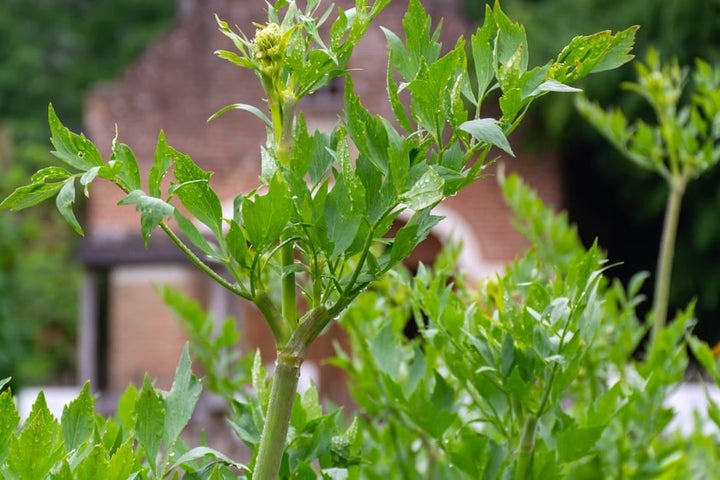
If you mainly want lovage for its foliage, you can remove the flower stems when they start to form in summer, to encourage more leafy growth and extend your harvest.
Lovage naturally starts to die back in autumn. Either cut down the spent flower stems once they droop after a heavy frost, or leave in place until early spring and cut back just before new growth starts.
Propagating
Lovage is easy to grow from seeds collected when ripe in late summer or autumn. However, as it self-seeds readily, you can also simply transplant self-sown that appear around the clump in spring. Large clumps of lovage can also be divided in spring.
If you don't want or don't have space for more plants, make sure to or harvest seeds promptly and weed out seedlings each year.
Harvesting
Lovage is mainly grown for its leaves, which taste rather likecelery, but sweeter, with a hint ofparsley and aniseed. Harvest the young leaves regularly in spring and summer, so more are produced. Use them fresh, finely chopped in salads, soups and stews, and to complement potatoes and eggs. Stop picking the leaves once plants start to flower in late summer, as they turn bitter, or remove the flower stalk to prolong harvests.
You can also harvest young, blanched stems, to eat like celery. Loosely wrap a sleeve of newspaper around a few of the stems, when they’re about 30cm (1ft) tall, and hold in place with , or earth-up as for trench celery. Leave at least one third of the stems exposed. Unblanched stems can also be cooked and have a robust celery flavour.
The roots can be used in soups, stews and hearty dishes – dig up those of when over winter and prepare by scrubbing and peeling.
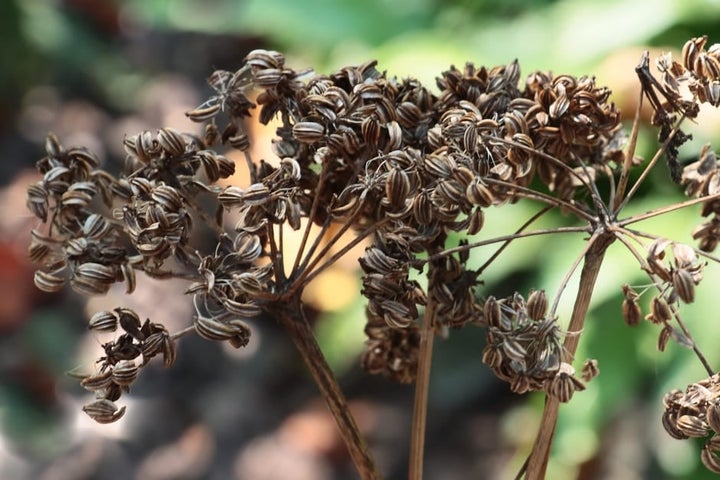
Problem Solving
Once established, lovage is usually vigorous, healthy and trouble free. Minor problems may occasionally occur, including:
- The soft leaves of young plants may be nibbled by slugs and snails, so protect if necessary
- Leaves may attract celery leaf mining fly, but simply remove any affected ones
- Lovage can self-seed readily – if you don’t want more plants, weed outany in spring and summer, or remove the seedheads before the seeds ripen
See Common problems below for more on these issues.
Common Problems

Celery leaf mining fly
The larvae of celery leaf mining fly feed within the leaves of celery, celeriac and related plants. Damaged areas dry up and give the foliage a scorch...

Slugs and snails
Slugs and snails are common garden animals, and they are well suited to the damp, mild climate of the UK. A few species feed on garden plants, but mos...



